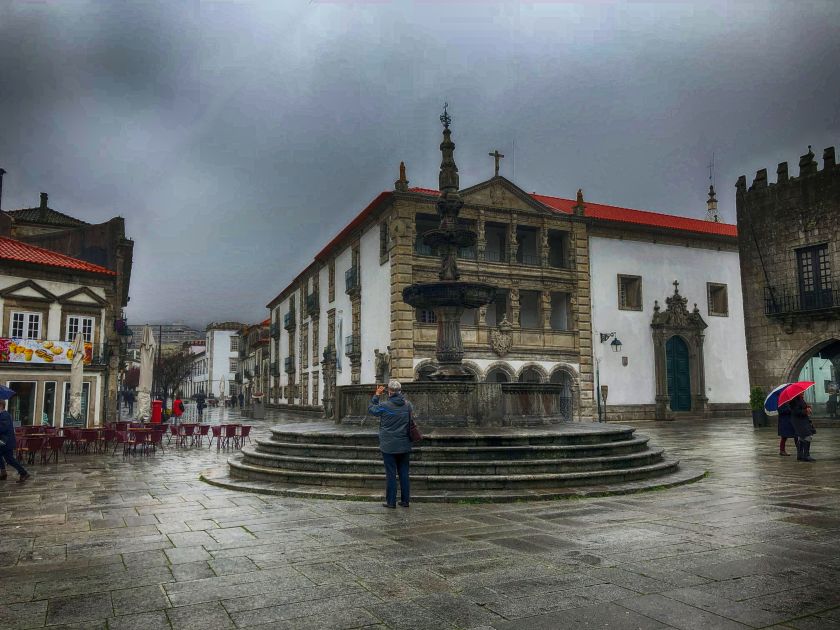On our last night in Portugal we had the pleasure of dining at Flor da Laranja, a Moroccan restaurant in the Bairro Alto district of Lisbon.
Morocco and Portugal have a history that goes back to the eighth century. Moorish influence can be seen in architecture and art (Portugal’s famous azulejo tiles are of Moorish origin) and heard in place names throughout the country. Despite this history, Moroccan restaurants are relatively rare in Portugal.
We asked our hotel to make reservations at the restaurant, which was fortunate, because without a reservation you will not get in. The owner keeps the door locked and you must ring the doorbell to get in. If you don’t have a reservation, she turns you away. There was never more than three groups dining at one time, which allowed for a very personal and intimate experience.
Stepping out of the night and into the restaurant was our first indication that this would be a unique dining experience. The interior is bright, with lots of flowers and candles, and Moorish-influenced art and furniture. Moroccan music added to the vibrant atmosphere.

Flor da Laranja is truly a one man- or in this case, one woman show. The owner, Rabea Esserghini, does it all, from waiting on the tables, to cooking the food, to answering the door. I asked her about doing everything herself and she replied that it’s not much different from cooking dinner for her family. A native of Casablanca, she loves sharing her country’s food with her guests.
And the food is really good. We started with a glass of white vinho verde, or green wine. The wine gets its name from the fact that it’s made from young grapes, not from its color. It’s a bit sweet and slightly bubbly. With dinner Sra. Esserghini recommended a bottle of rosé vinho verde, which was very good.
For the entrees, I chose a stuffed pepper and Ann Marie chose chicken with preserved lemons. There were several small plates of eggplant, spinach, chickpeas and potatoes, which were all very good. Sra. Esserghini made sure I didn’t forget about the sauce from the pepper, actually scooping it up and pouring it over the pepper. She was right. The sauce was awesome.
We enjoyed our dining experience at Flor da Laranja. The food was outstanding and it’s obvious that Sra. Esserghini loves to share her culture and cuisine with her customers. If you’re in Lisbon I recommend you make Flor da Laranja a stop on your journey. But don’t forget the reservation.









































